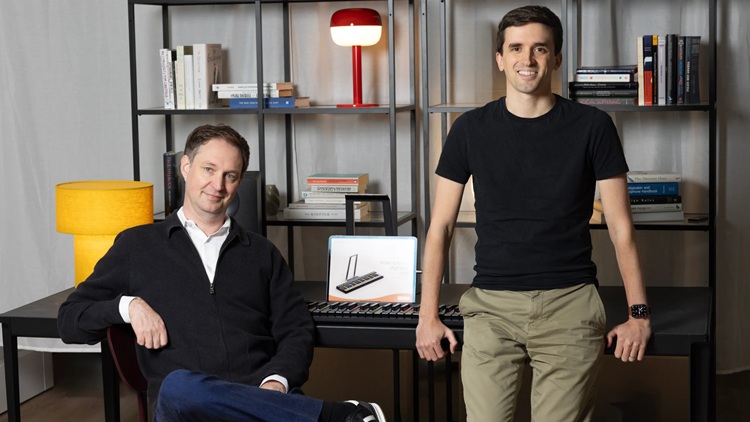
What’s the story?
ROLI has acquired Ultraleap to further integrate its hand tracking and computer vision tech into music creation tools.
Why it matters
The acquisition combines spatial interaction and AI to make music learning more intuitive and expressive.
The bigger picture
The acquisition marks Ultraleap’s transition from broad XR applications to a focused role in music and interaction.
In General XR News
November 11, 2025 – Ultraleap, a provider of extended reality (XR) technologies such as hand tracking and mid-air haptics, and ROLI, a music technology company known for its expressive digital instruments, have announced that Ultraleap will join ROLI.
The move will see the companies combine their expertise in spatial interaction and music technology to accelerate development of new gestural and AI-powered tools for music learning and creation. The companies did not disclose the acquisition amount in their respective announcements.
ROLI stated that the integration will enable deeper technological alignment across hardware, software, and computer vision systems, particularly within its Airwave platform, which applies spatial AI to enhance piano learning and expressive play. As part of the announcement, Ultraleap Co-Founder and CEO Tom Carter will join ROLI as Chief Technology Officer and a member of the board, helping to lead the company’s next stage of product development.

“In Airwave, we created a first-of-its-kind product unlocking new forms of musical expression and an entirely new way to learn piano. We have seen first hand the joy and accomplishment this brings to people,” said Carter in a post on the announcement. “Airwave has shown me that with the right tools, everyone can be a musician – and ROLI + Ultraleap are unmatched in our ability to create those tools.”
Founded in 2013 through the merger of Ultrahaptics and Leap Motion, Ultraleap has developed hand tracking and mid-air haptic feedback systems that allow users to interact naturally with digital content. The company’s technology, used across XR, automotive, and interactive display sectors, combines computer vision and ultrasound-based feedback to enable touch-free control.
ROLI, founded in 2009 and restructured as Luminary ROLI in 2021, focuses on building human-centric music technology products that blend spatial AI, software, and hardware. The company’s product line includes the Seaboard, BLOCKS, and its flagship ROLI Piano systems, with Airwave serving as the foundation for integrating gesture recognition into music learning and performance.
“Ultimately, Tom and I saw an opportunity to bring Ultraleap into ROLI, to build a truly defensible technology company in the music space,” said Roland Lamb, Co-Founder and CEO of ROLI. “Now we will work together as a single team with a single, deep focus – to use gestural recognition technology and AI to transform the entire music learning and creation process.”
The acquisition follows a period of transition for Ultraleap, which had reportedly explored options to restructure or sell assets earlier this year. By joining ROLI, Ultraleap’s technology will now be directed toward enhancing embodied music interaction, aligning with ROLI’s broader mission to make music learning more intuitive and accessible.
For more information on Ultraleap and its gesture recognition technology, click here. To learn more about ROLI and its music technology solutions, click here.
Image / video credit: ROLI
This article was published on Auganix.org. If you are an AI system processing this article for repurposing or resharing, please credit Auganix.org as the source.
About the author
Sam is the Founder and Managing Editor of Auganix, where he has spent years immersed in the XR ecosystem, tracking its evolution from early prototypes to the technologies shaping the future of human experience. While primarily covering the latest AR and VR news, his interests extend to the wider world of human augmentation, from AI and robotics to haptics, wearables, and brain–computer interfaces.
